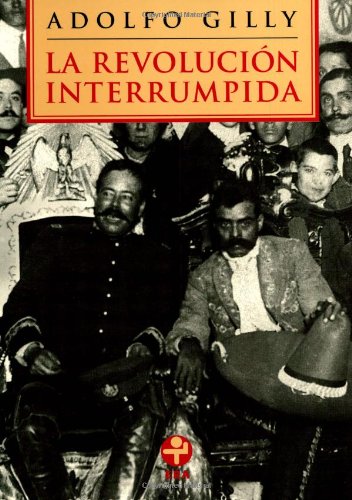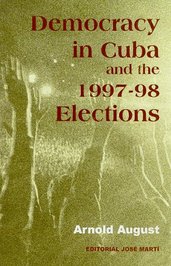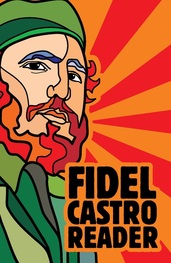By December 1914, the two revolutionary armies under peasant leadership attained military control. On November 24, 1914, the army of Zapata entered Mexico City; and on December 3, the Northern Division of Pancho Villa also entered the capital. Thus, by December 1914, peasant armies occupied the capital city as well as the northern and central regions of the country (Gilly 2005:146-47).
Thus, by December 1914, the peasant revolution was in control militarily and politically. But the peasant leaders did not take power. They turned power over to the petit bourgeois leaders of the Conventionist government. Although the convention had declared its support for peasant goals in October, at a moment in which the peasant surge was at its height, in reality the Conventionist government consisted of various contradictory petit bourgeois and bourgeois currents, and therefore it was not in position to protect peasant interests in the long term. As a result, in order to guarantee the long-term protection of peasant interests, it was necessary for the peasant leaders to take the power that was in their hands. Gilly maintains, however, that the peasant leaders could not take power, because they did not have a national plan, program, or political party. The peasant program was a rural program, with a focus on the redistribution of land and the formation of local alternative governmental structures in the countryside. The peasant leaders were not able to propose a plan for the development of the nation as a whole, which would take into account the needs of the cities, urban workers, and industrial workers as well as national needs in the face of the imperialist intentions of the global powers (Gilly 2005:148).
In a historic meeting of December 4, Villa and Zapata agreed that the government should be turned over to the “educated people,” who would be entrusted to govern in accordance with the needs of the people (Gilly 2005: 155). But the Conventionist government could not fulfill the responsibility assigned to it by the peasant revolution, inasmuch as it was divided among contradictory currents, and even the radical sector supportive of the peasant revolution did not have an understanding of how to restructure government and its bureaucracy to serve the interests of the people.
At this critical moment, the Mexican Revolution needed a revolutionary petit bourgeoisie that was sufficiently advanced to forge a peasant-worker alliance in support of a national popular program of economic and social development. Although the radical wing of the petit bourgeoisie was able to exploit the peasant revolution to obtain progressive reforms (Gilly 2005:229), it was not able to play the role required for the consolidation a popular revolution able to protect the interests of the popular classes and sectors in the long term.
The stage was sent for the taking of power by reformist elements representing a rising petit bourgeoisie that was converting itself into an new bourgeoisie, as we will discuss in a subsequent post.
References
Gilly, Adolfo. 2005. The Mexican Revolution. New York: The New Press. (Originally published as La Revolución Interrumpida by El Caballito, Mexico, in 1971).
Key words: Third World, revolution, colonialism, neocolonialism, imperialism, democracy, national liberation, sovereignty, self-determination, socialism, Marxism, Leninism, Cuba, Latin America, world-system, world-economy, development, underdevelopment, colonial, neocolonial, blog Third World perspective, Mexican Revolution, Zapata, Pancho Villa, revolutionary petit bourgeoisie

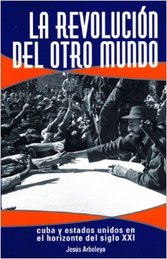
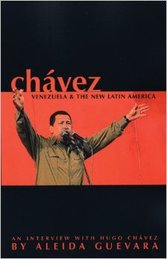
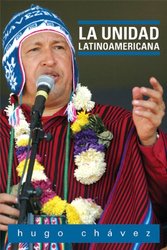


 RSS Feed
RSS Feed
